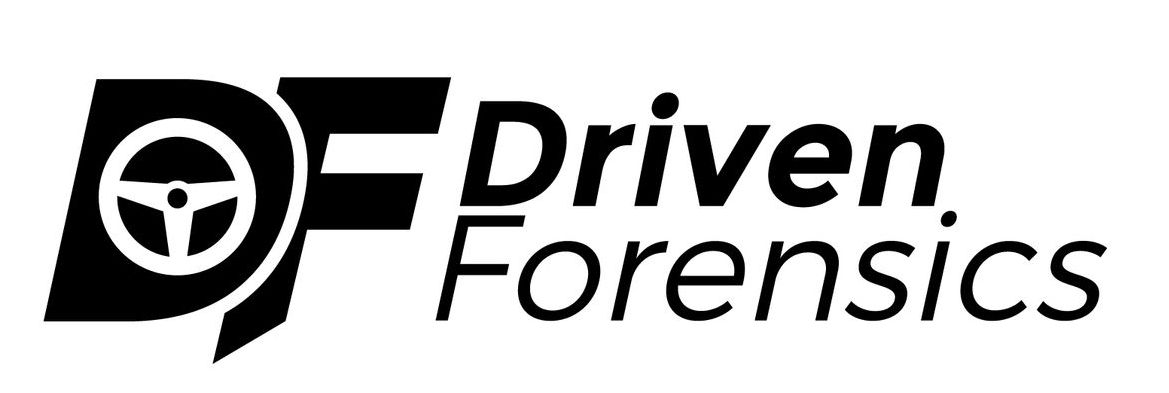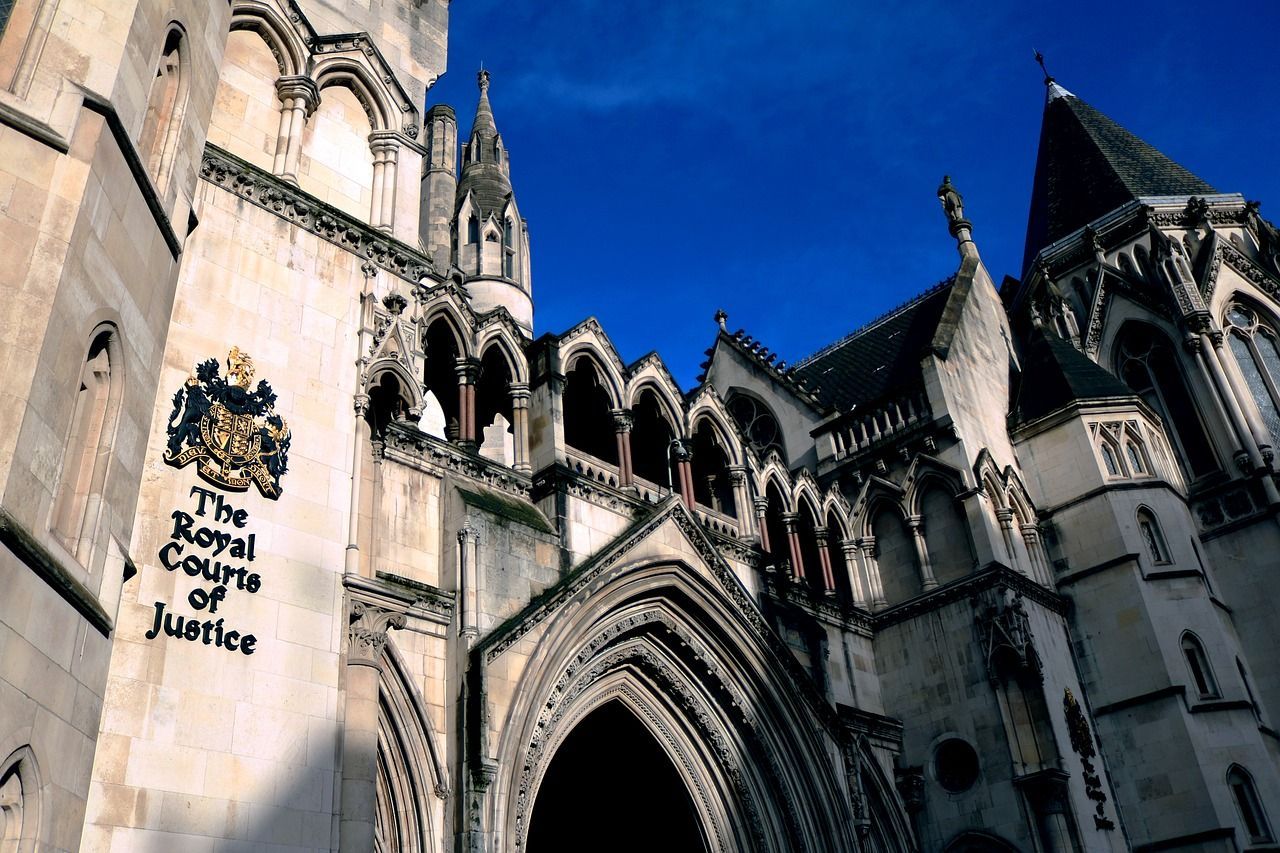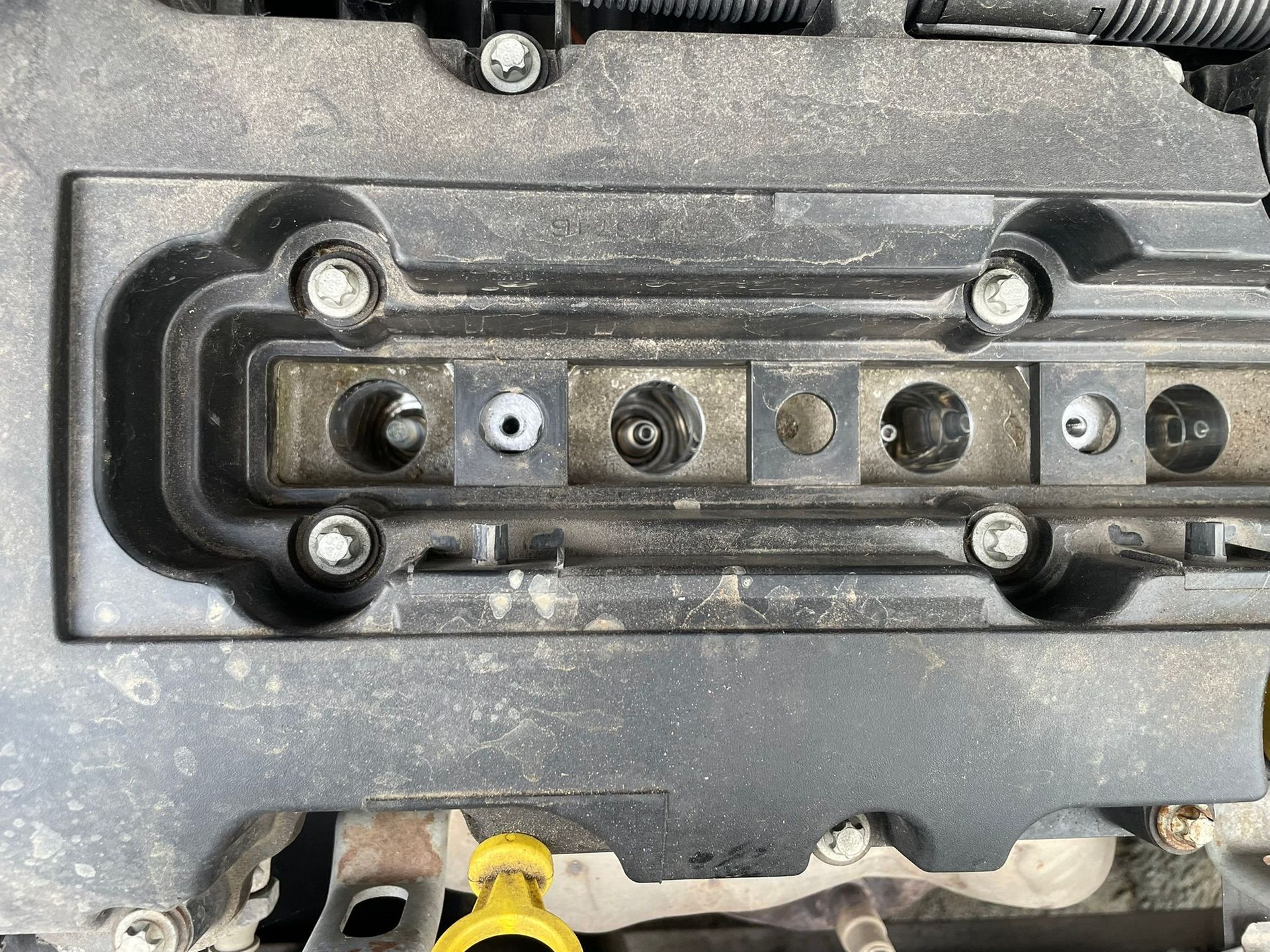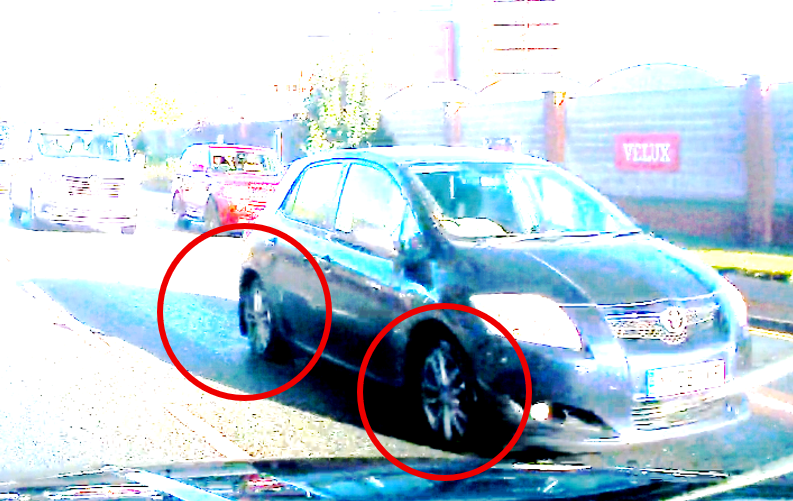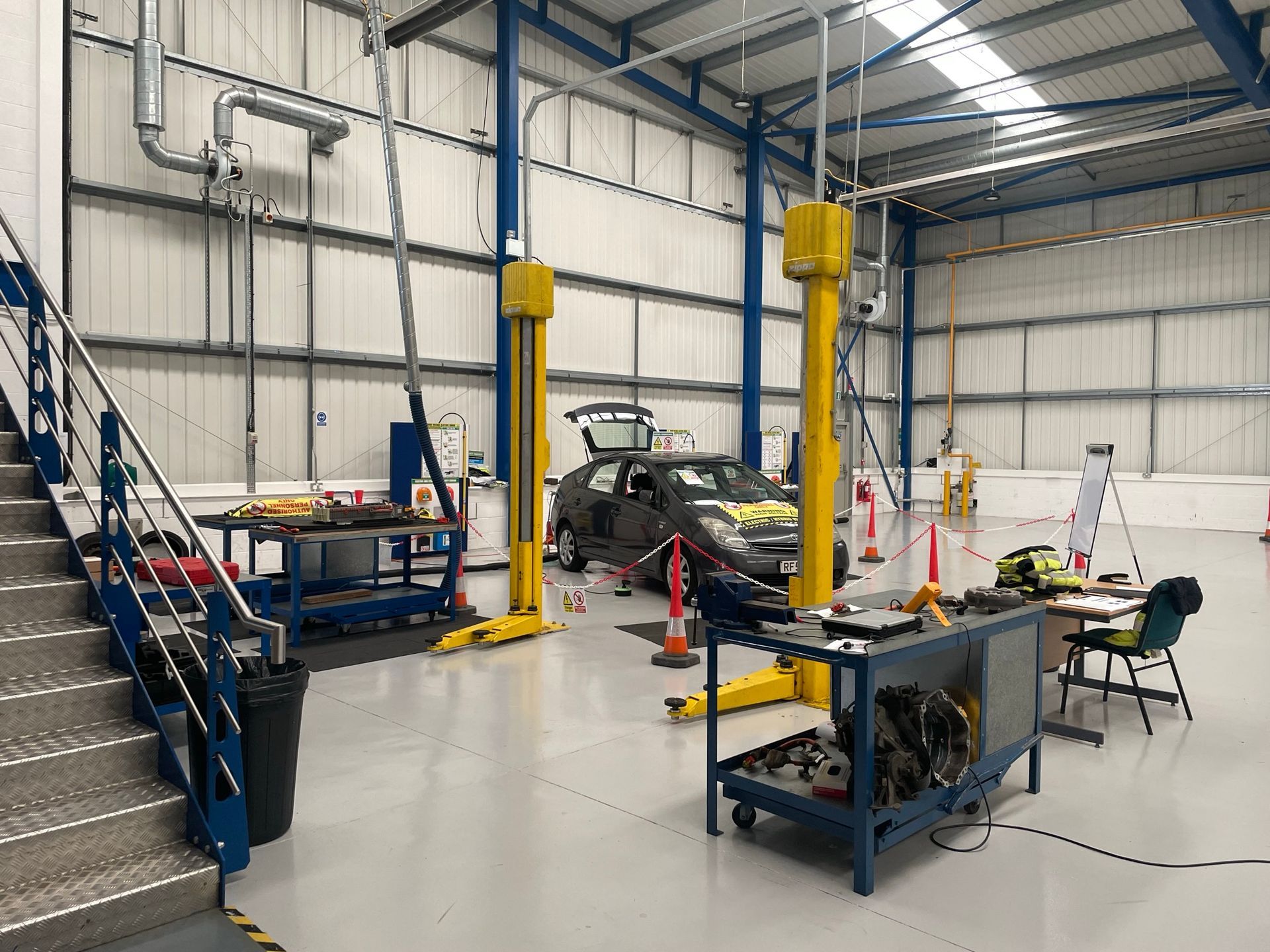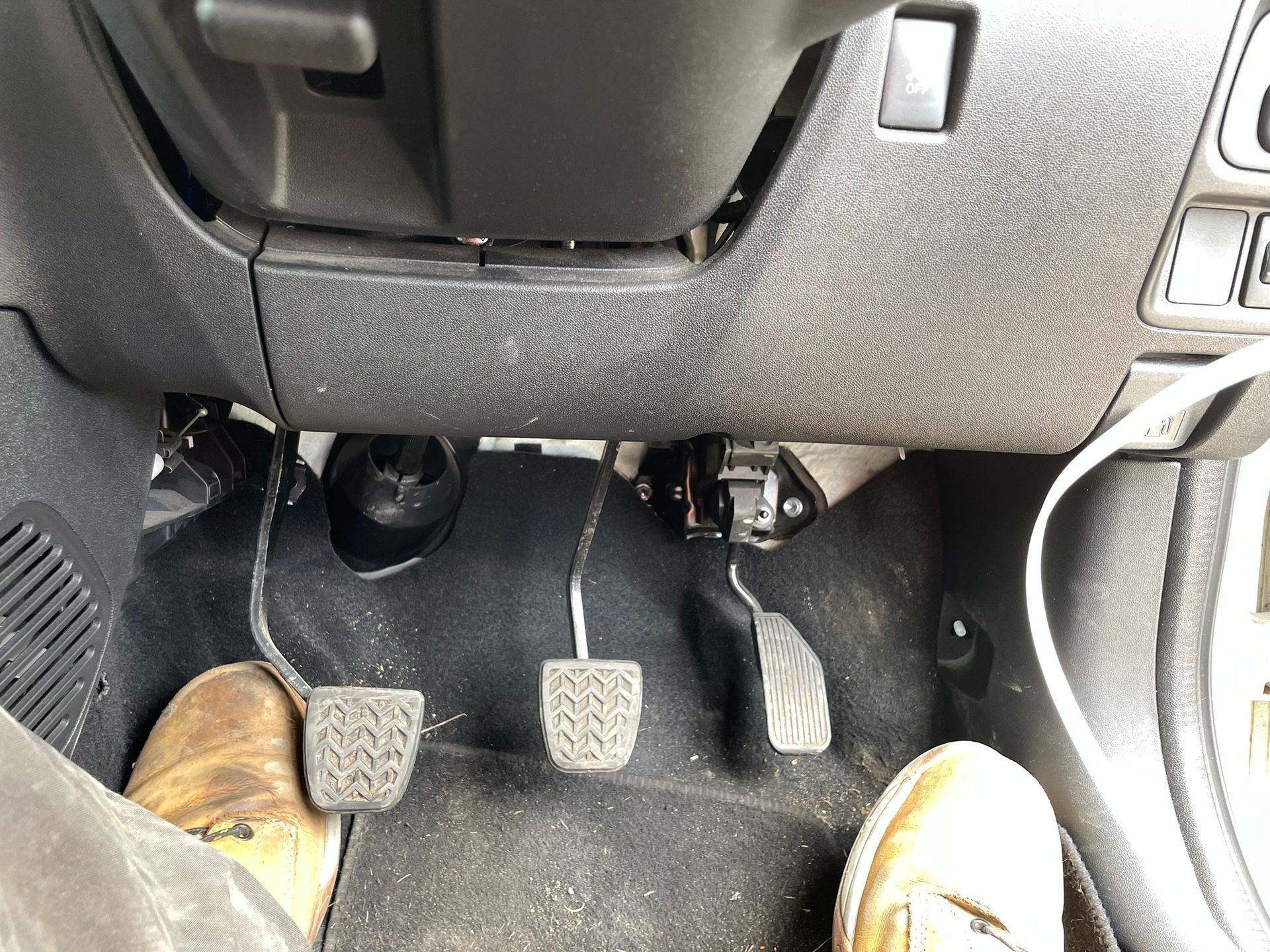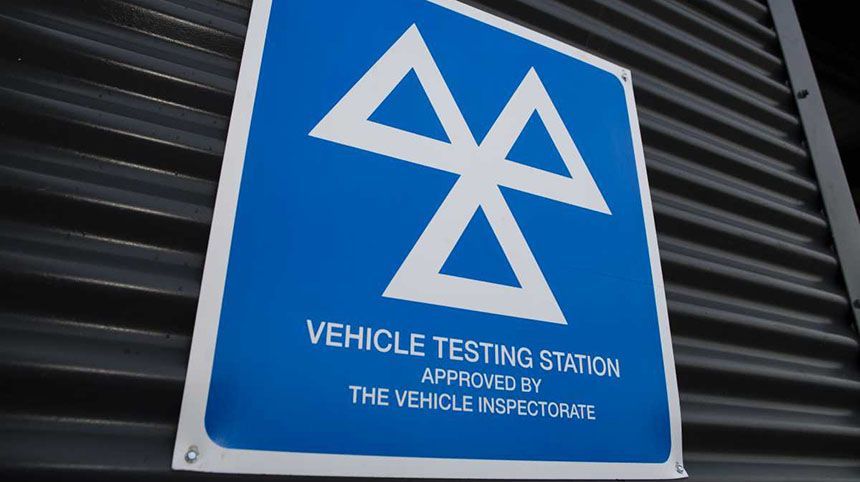What are the main parts that make up an engine?
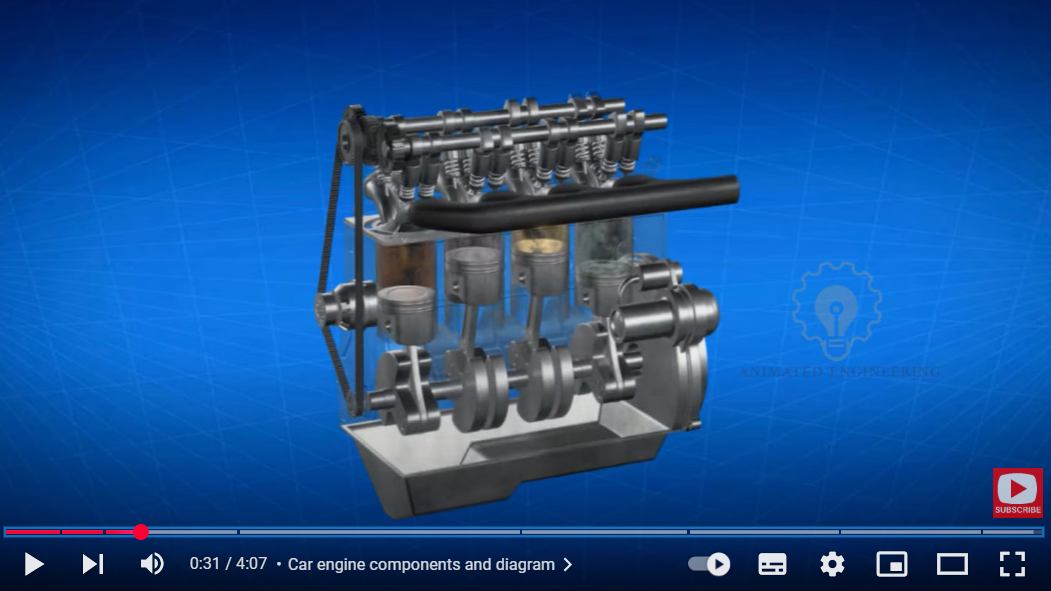
Before you begin reading, there is a video on YouTube which provides an visual description of the content within this blog. This can be found at https://www.youtube.com/watch?app=desktop&v=X4PEVU7psMo or you can click here.
Parts of an engine
We use the term ‘engine’ in every day life, but rarely do we stop to think about what that term actually means. But what makes up an engine?
In a short post like this and given the complexity of modern engines, it is not possible to include every component found in modern engines, so I have tried to include the main components, these being the engine block, engine head, pistons, connecting rods (also known as con rods), crank shaft, camshaft and rocker cover.
Engine block
Engine blocks are also sometimes referred to as cylinder blocks, and when you look at one, it is easy to understand why, because the engine block contains the engines cylinders. Cylinders are also referred to as combustion chambers, because air and fuel enter the cylinder and are ignited.
Engine head
The engine head, has two purposes. The first is to let air and fuel into the cylinder, which is does through camshaft/s and valves. The second is to seal the top of the cylinder so that when air and fuel are ignited, the force it creates is sent towards the bottom of the engine, to the top of the piston.
Pistons
A piston sits in the bottom of the cylinder. As the air and fuel are ignited, the pressure inside the cylinder increases and that pressure forces the piston down.
Connecting rods
The connecting rod is a link between the bottom of the piston and a crankshaft. As the piston is forced down, so is the connecting rod, which in turn causes the crankshaft to rotate.
Crankshaft
A crankshaft converts the up and down (linear) motion of the piston/connecting rod to a rotational one. In other words, as the connecting rod rises and falls, it results in the crankshaft being rotated or spun. At one end of the crankshaft, is a spline which connect to the vehicles gearbox and when in gear, this rotational movement from the crankshaft causes the vehicle to move.
Intake and exhaust valves
These valves are located in the engine head, and will be located directly above each cylinder. When the intake valve is open, air and fuel is allowed to enter one of the engines cylinders. When that fuel is ignited and burnt, the gases it creates are removed from the engine through the exhaust valves.
Camshaft
The camshaft is a cylindrical bar which has lobes. The camshaft rotates and as it does, the lobes on it, cause the intake and/or exhaust valves to open and close.
Rocker cover
A rocker cover is located at the top of the engine head and encases the camshafts.
In various investigations, it is necessary to determine the condition of an engine or wider vehicle components, and in those circumstances it may be necessary to instruct a forensic vehicle examiner. Driven Forensics has an in-house forensic vehicle examiner who can assist with everything from vehicle condition reports, collision damage consistency, defect identification, defect involvement as well as component analysis (including lightbulbs, tyres and more).
Our in-house forensic vehicle examiner can provide a forensic vehicle inspection to address the questions you need answering. We provide national (and international) coverage and can often provide advice or a forensic vehicle inspection at short notice. Contact us today to find out how our forensic vehicle examiner can assist you.
Driven Forensics, t. 0113 534 8708 | e. enquiry@drivenforensics.co.uk
